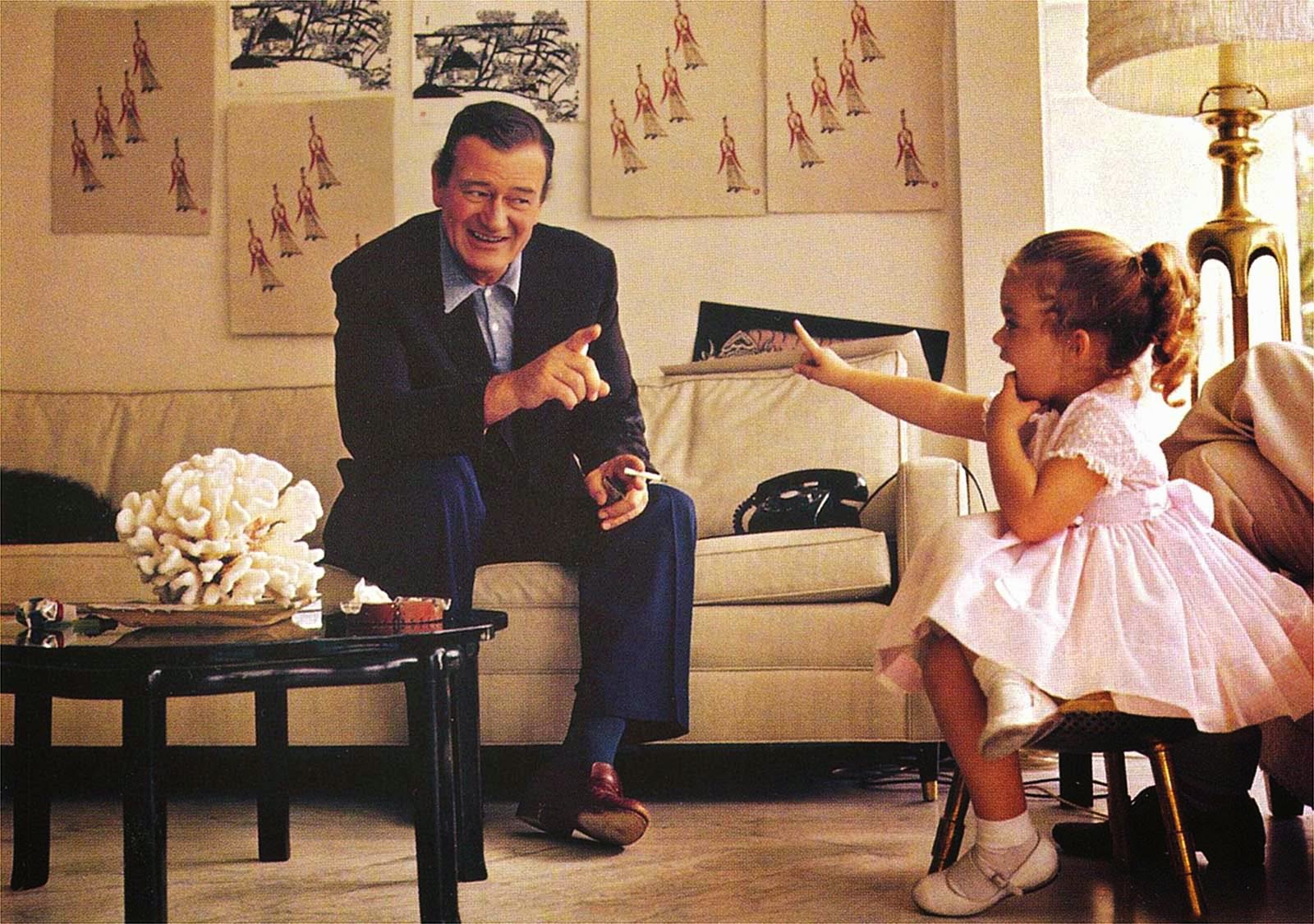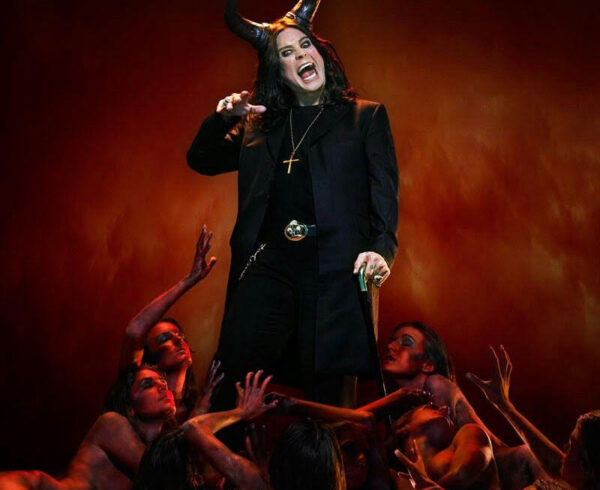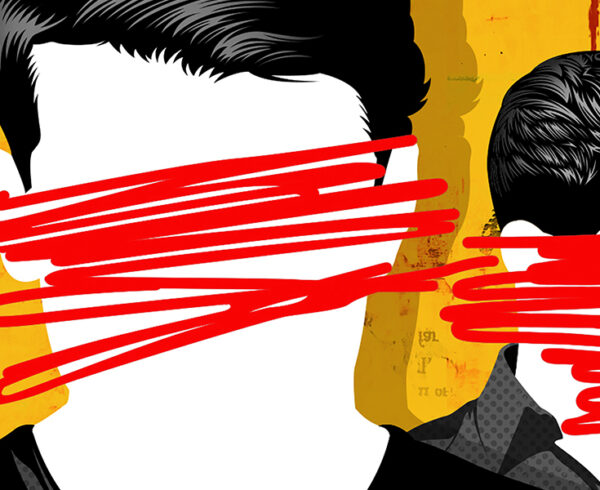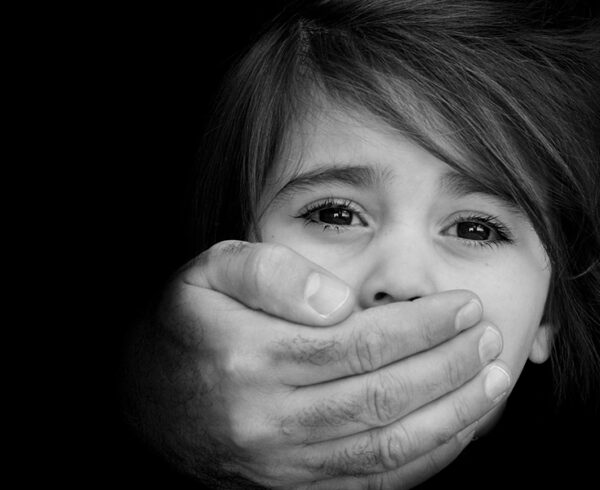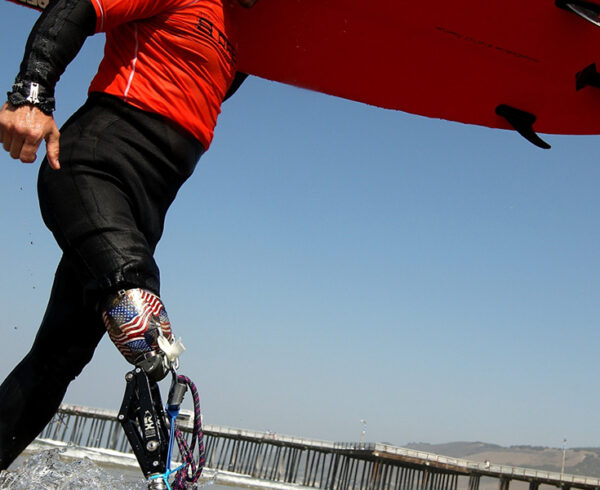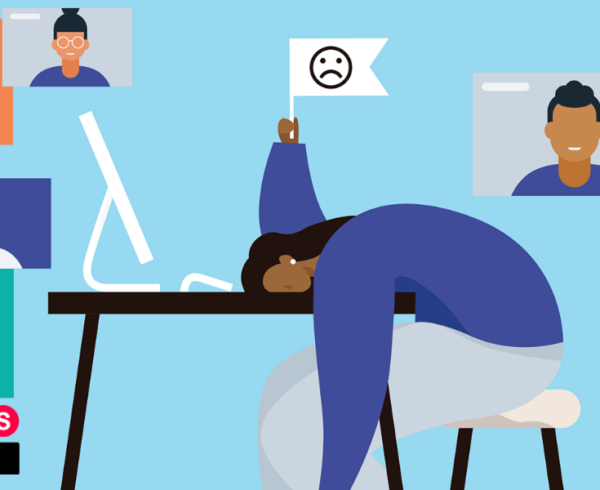Whatever became of Manhood?
Even that is only part of the much, much larger story. Males are statistically doing less well in school these days. Boys are seen as bad. Men live shorter lives. They die early and they even shoot each other. Lower middle class communities have been decimated by the combined forces of the never-ending sexual revolution and by enduring economic stagnation. Charles Murray documented all this in his frightening sociological tome, Coming Apart.
Do you remember James Dean’s line in the 1955 classic film, “Rebel Without a Cause?”
I know that dates me but it is a classic, no?
He asked his father this telling question, “What do you do when you have to be a man?”
His father didn’t know. Worse still, he had no clue. There were no guidelines to follow; no rules to master; no script to read.
That is the dilemma we face today. We don’t know or have forgotten about manliness.
Now I am no crazy, deep, backwoodsman, drum beating warrior type, who wants us to go native or primitive. I don’t wear a loincloth or kill my own dinner (I do shoot ducks and pheasant occasionally).
I just think we need to get back to basics about manhood.
We need to figure this out or we will be (are already being) replaced. A woman can go to the doctor and get fertilized by donor sperm and never see a man, have a husband, or have sex. God forbid they have sons — as they would have no role models. Is that the future?
So using a technique that is used in the intelligence world (yes, spy-dom), in the military and in corporate life, I want to suggest four scenarios on The Future of Manhood.
More proverbially, I want to ask: Who’s your Daddy–in the year let’s say, arbitrarily, 2025? That’s far enough off that we can’t really know but it is not too far off that we don’t care.
So get out a piece of paper for me and let’s do an exercise in futures thinking.
Think of it as strategic planning to consider the longer term. Foresight, if you like, through more than one lens. It entails using a macro-scope, instead of a microscope.
You don’t have a macro-scope? Just pretend.
On one side (axis) of your paper, write down strong; and, along the other axis insert, weak. Got it: strong vs. weak. Easy… you are a born futurist.
I get paid a lot of money for this kind of heady stuff, so don’t laugh.
There are four Boxes on your paper, right?
Can you see them?
The header is Manhood. Write it down.
Superman Metrosexual
Father Knows Best Girlie-Man
Lower left box, let’s call that strong/weak, or Father Knows Best. It was a great TV series that I grew up on and it is the standard, old fashion view of manhood.
Let’s inspect and list its characteristics.
This middle class, probably mid-western and traditional values/family man is good, humble, but all knowing. And he is the head of the house, which is after all his castle. He is firm but fair, decisive and modestly aggressive. As a man he knows both his own place and is responsible for his kinship band—the nuclear/extended family. This man is pragmatic but principled and self-aware. He is faithfully monogamous and unambiguous about his manliness. He is comfortable in his own skin and believes in power and tradition both.
Second Box upper right, is super strong or better, Superman.
What are its characteristics?
As a superhero, rooted in comic book fame, there is a fictional side to this man. Since he was born on the planet Krypton and raised in America as Clark Kent, there is something quite unreal about him. With super born – human abilities, he not only wears a red cape with the letter ‘S’ emblazoned but is capable of deeds larger than life. Hyper-able and athletic, this man is influenced by Nietzsche’s concept of Ubermensch. He dominates woman and is promiscuous. Super rough and overly aggressive, supermen attack and terrorize wrongdoers and all gangsters, as only a ruthless vigilante would do. Superman actually comes in two flavors: good and bad.
Lower right quadrant is weak, call it, Girlie-man.
What are its characteristics – make a list?
Although used by then Governor Arnold Schwarzenegger pejoratively, after seeing an SNL skit on the bodybuilders Hans & Franz, these men commit the horror of insulting gay men. This ironic mockery has become ensconced as more than a comic façade. A girlie-man is effeminate, primped up and weak even when showing an outward appearance of strength. There is a fake understanding about sexuality and a weakness that becomes an overriding feature both physically and emotionally. They are like girls in many ways.
Last Box is upper far right, super strong and super weak, and a kind of combo man we could name, Metrosexual.
What are its characteristics?
This is the perfectly androgynous male who is neither from Venus nor Mars. He is urban, enjoys shopping, oh so much, is into fashion and possesses traits normally associated with women or homosexual men. They can’t walk past a Banana Republic store without making a purchase. They use moisturizer. Their ringtones come from Kimpossible. In their fitted jeans, with plucked unibrows and perfectly groomed hair, these men are the ultimate consumers and exhibit narcissist qualities. Neither straight nor gay, they have all of the characteristics of gays and the dress. For them it is “all about breaking gender roles.”
Now, looking at these four “archetypes” in the year 2025 — of manhood—where would you place yourself?
Where would you like to see men down the road? Where is America going long-term? Where do you think your sons will be? Your grandsons? What is, do you think most likely, given the present trend line? Is this evolving? Set in stone? Reversible? And the implications are?
Email me your complete answers.
Here’s the takeaway. Manliness or traditional masculinity, i.e., being courageous and direct–or as the true authority on the subject, the Harvard political philosopher, Harvey Mansfield, Jr., suggested in his controversial book called, Manliness, being assertive–is plain dying off.
The synonym, virility is no longer even used. The notion that there is an etiquette wherein a man respects himself and earns the respect of others has surely dissipated.
Come on; name me a definitive act of valor you have witnessed recently? Is there such a thing as self-sacrifice any longer in the “me generation”? And the old fashion idea that we are here to serve others has flown away.
Selfishness is the norm and the expectation nowadays. But these other, older values used to be the themes of true manhood.
In fact, General George Patton, who was no wuss, wrote a little booklet based on them and gave them to all our troops during WW II. He wanted real men on the front line. He wanted to win against those fascists. He knew that men needed to be taught the basics of manhood.
He could have said since the time of ancient Homer the ideas listed above have been the eternal inspiration, the very image and inspiration of the race. He could have recounted the creation story (Adam and Eve, not Adam and Steve) or the legacy of the entire history of mankind.
We still have some remote but fading remembrance of the days of chivalry, where men showed courtesy to women and children, where they were gentle benefactors to their communities, hence the word, “gentlemen.” These knights of yore saw the responsibility of manhood as a noble calling—it had theological bearing as well as a long-standing tradition.
All that is gone. The history of manhood if it were to be written would likely start with some distant, unrecognizable warrior-like stories about a caste of men in battle and at war. War is part of warrior, sorry. But where would it end?
By the time of early America after our independence this tale evolved into one about yeoman farmers and then artisans. The industrial revolution changed all that. Men moved off the farm and into the factories. There they still made things (well until recent decades) but they no longer had economic independence. They were workers for someone else. The notion of being a ‘breadwinner’ prevailed but manhood was slowly emasculated.
The definition of that word is: to deprive a man of his male identity. Privilege was stripped away and attacked; even their very manhood was questioned or abbreviated, should we add, neutered?
Today, which of the four scenarios best describes reality? And where is it honestly headed by 2025?
The crisis of manhood we have visited on us today (and now ponder those four scenarios we just created about the future again) and you have to ask James Dean’s profound question all over again.
Should we cling to the past? Recreate some new age version of man? Redefine manliness? Or should we just bid it farewell and good riddance forever and accept some new form of androgyny?
Is there a normative concept of manliness that works across time, place and culture—or is that too much to ask? Is manliness still a virtue? Are there any virtues at all in a skeptical and relativistic age?
For Aristotle and the ancients, if we care to look back, it was a grave and perennial concern. It meant being all you can be (the US Army stole this tagline). It was tied up with excellence. He called it “human flourishing.” Virtu itself meant masculine strength in Latin. It was conceived as the opposite of womanhood and developmentally the graduation from childhood.
Today, we are incapable of making these distinctions. We are lost–without a guide, a bible, or a reliable compass.
The best we can come up with is some phony Five Male Traits from a web search. Yes, there are websites on “muscle for life.” They advertise the benefits of caffeinated energy drinks for men as well as herbal supplements (let your imagination run loose) for other organs.
And those five masculine traits are?
- Don’t aim for ease. I like this because it sounds like TR [Teddy Roosevelt] and his emphasis on the “strenuous life.”
- See the world as it is. A dose of realism never hurt. It could have added — and make the most of it, quoting John Wayne, who is after all a picture of cowboy manliness.
- Never complain or make excuse. Stiff upper lip is very British and Churchillian, I suppose. Real men are not crybabies.
- Never quit. A bit redundant but who likes a quitter or a loser for that matter?
- Never pity anyone. Pity is not the same thing as empathy or charity.
In our networked world and socially minded age of discovered consciousness, right mindfulness and near total and constant social media, I should leave you with this resource in case you are dumfounded or need a context or want to pick a scenario to execute for yourself and live it out.
Try: wikihow.com/Be-manly. It even comes with pictures.

